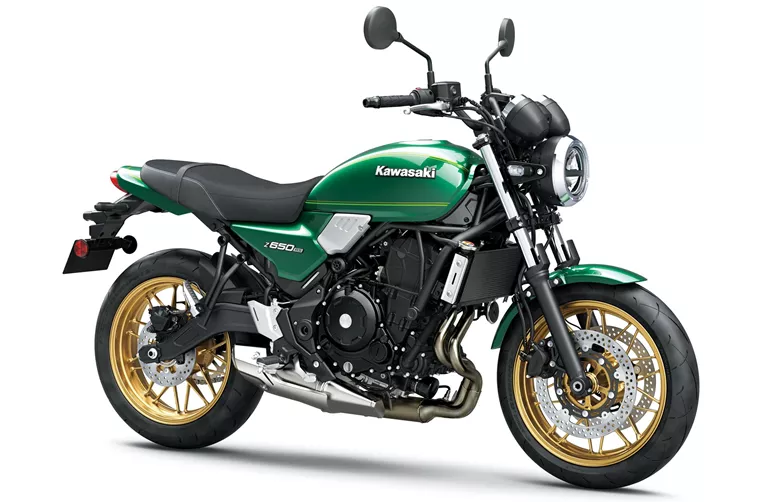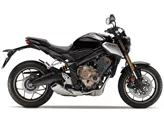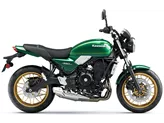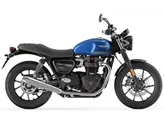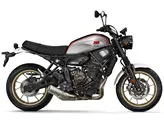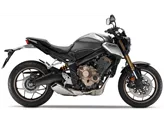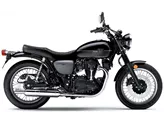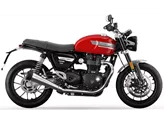Kawasaki Z650 RS 2022 vs. Honda CB650F 2017
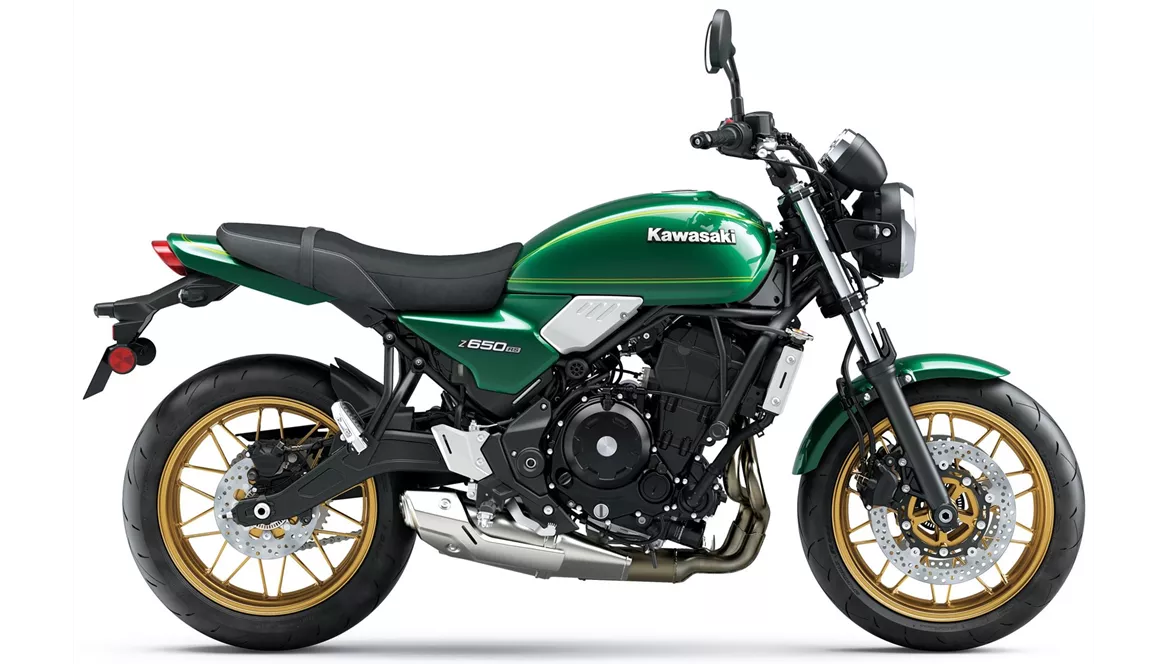
Kawasaki Z650 RS 2022

Honda CB650F 2017
Overview - Kawasaki Z650 RS 2022 vs Honda CB650F 2017
The Kawasaki Z650 RS 2022 and the Honda CB650F 2017 are both naked bikes with similar engine types, fuel systems, and displacements. However, there are several differences between these two models.
In terms of engine power, the Honda CB650F 2017 has a higher output with 91 HP compared to the Kawasaki Z650 RS 2022's 68.2 HP. This gives the Honda CB650F a more powerful and potentially faster ride. However, the Kawasaki Z650 RS still offers a lively engine that provides an enjoyable riding experience.
In terms of torque, the Honda CB650F 2017 has a slightly lower torque of 63 Nm compared to the Kawasaki Z650 RS 2022's 65.7 Nm. While the difference is minimal, the Kawasaki Z650 RS may offer slightly better low-end torque, providing better acceleration at lower revs.
Both bikes have similar suspension setups with telescopic forks in the front and a swing arm with a monoshock in the rear. They also both have adjustable preload for the rear suspension. This allows riders to fine-tune the suspension to their liking and improve the overall ride quality.
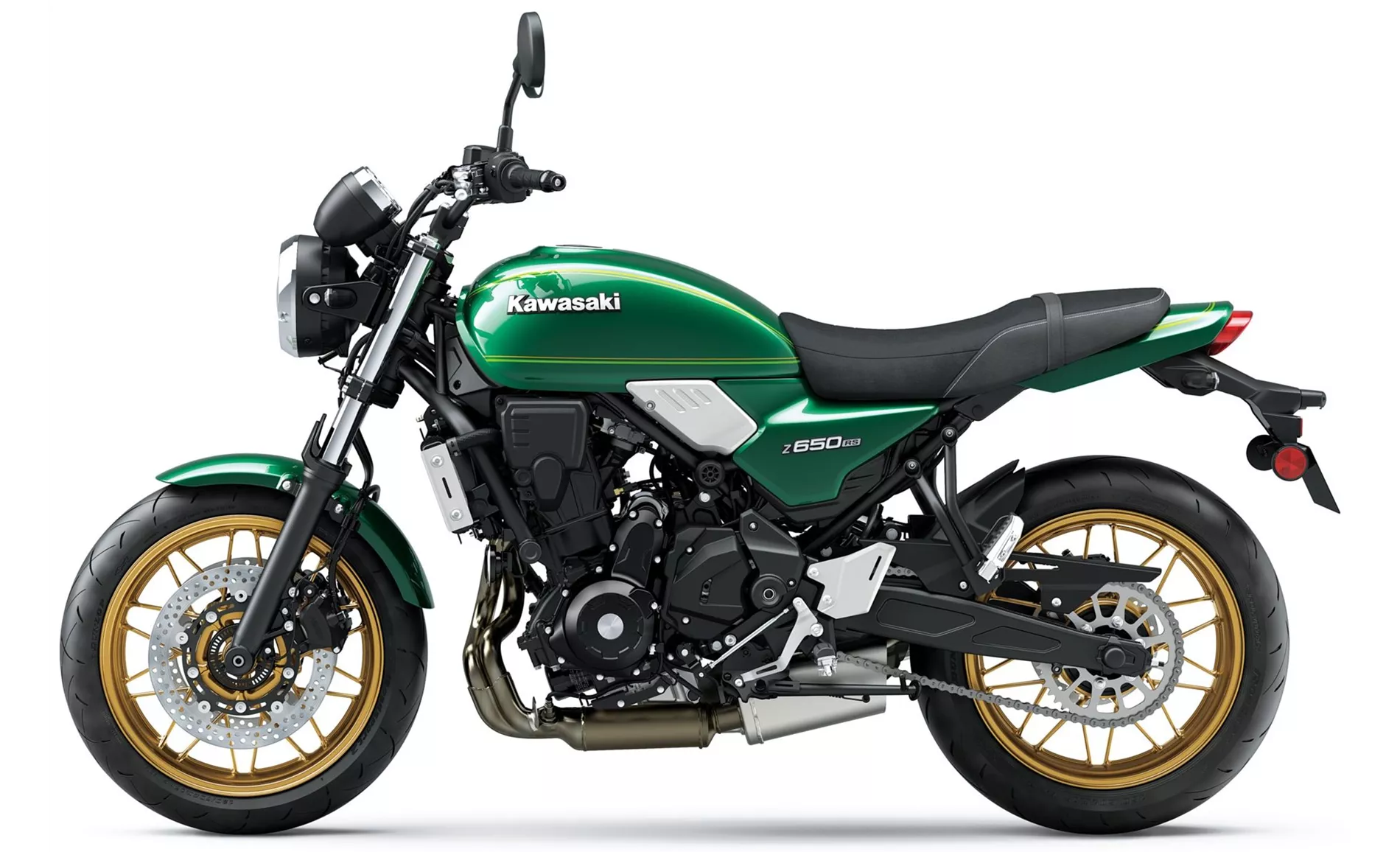
Kawasaki Z650 RS 2022
In terms of braking, both bikes have double disc brakes in the front with double pistons. However, the Honda CB650F 2017 has larger front brake discs with a diameter of 320 mm compared to the Kawasaki Z650 RS 2022's 300 mm. The Honda CB650F also features wave technology for its front brakes, which may provide better heat dissipation and improved braking performance.
Both bikes come equipped with ABS, providing advanced rider assistance systems for enhanced safety. Additionally, they both have steel frames, ensuring a sturdy and reliable chassis.
When it comes to dimensions and weights, the Honda CB650F 2017 has a slightly longer wheelbase of 1450 mm compared to the Kawasaki Z650 RS 2022's 1410 mm. The Honda CB650F also has a lower seat height of 810 mm compared to the Kawasaki Z650 RS's 820 mm. However, the Kawasaki Z650 RS is lighter, with a kerb weight of 185 kg compared to the Honda CB650F's 200 kg.
In terms of fuel tank capacity, the Honda CB650F 2017 has a larger tank with a capacity of 17.3 liters compared to the Kawasaki Z650 RS 2022's 15 liters. This may provide the Honda CB650F with a longer range between refueling stops.

Honda CB650F 2017
In terms of equipment, both bikes feature LED headlights for improved visibility. However, the Kawasaki Z650 RS 2022 also comes with LED daytime running lights and a TFT display, adding to its modern and stylish appeal.
In terms of strengths, the Kawasaki Z650 RS 2022 stands out with its perfectly realized retro design, analogue displays, accessible handling, powerful brakes, comfortable ergonomics, adjustable levers, and being a real eye-catcher. On the other hand, the Honda CB650F 2017 offers sufficient torque even at low revs, a sporty chassis, LED lighting technology, and a grown-up look.
As for weaknesses, the Kawasaki Z650 RS 2022 has a slightly softer sound, which may be a drawback for riders looking for a more aggressive exhaust note. The Honda CB650F 2017, on the other hand, has a display that is difficult to read, which could be an inconvenience for riders trying to quickly glance at their instrument panel.
In conclusion, while both the Kawasaki Z650 RS 2022 and the Honda CB650F 2017 are capable naked bikes, they have distinct differences in terms of power, braking, dimensions, and equipment. Riders should consider their preferences and priorities to determine which bike suits their needs and desires best.
Technical Specifications Kawasaki Z650 RS 2022 compared to Honda CB650F 2017
Pros and Cons in comparison
Pros and Cons in comparison
Kawasaki Z650 RS 2022
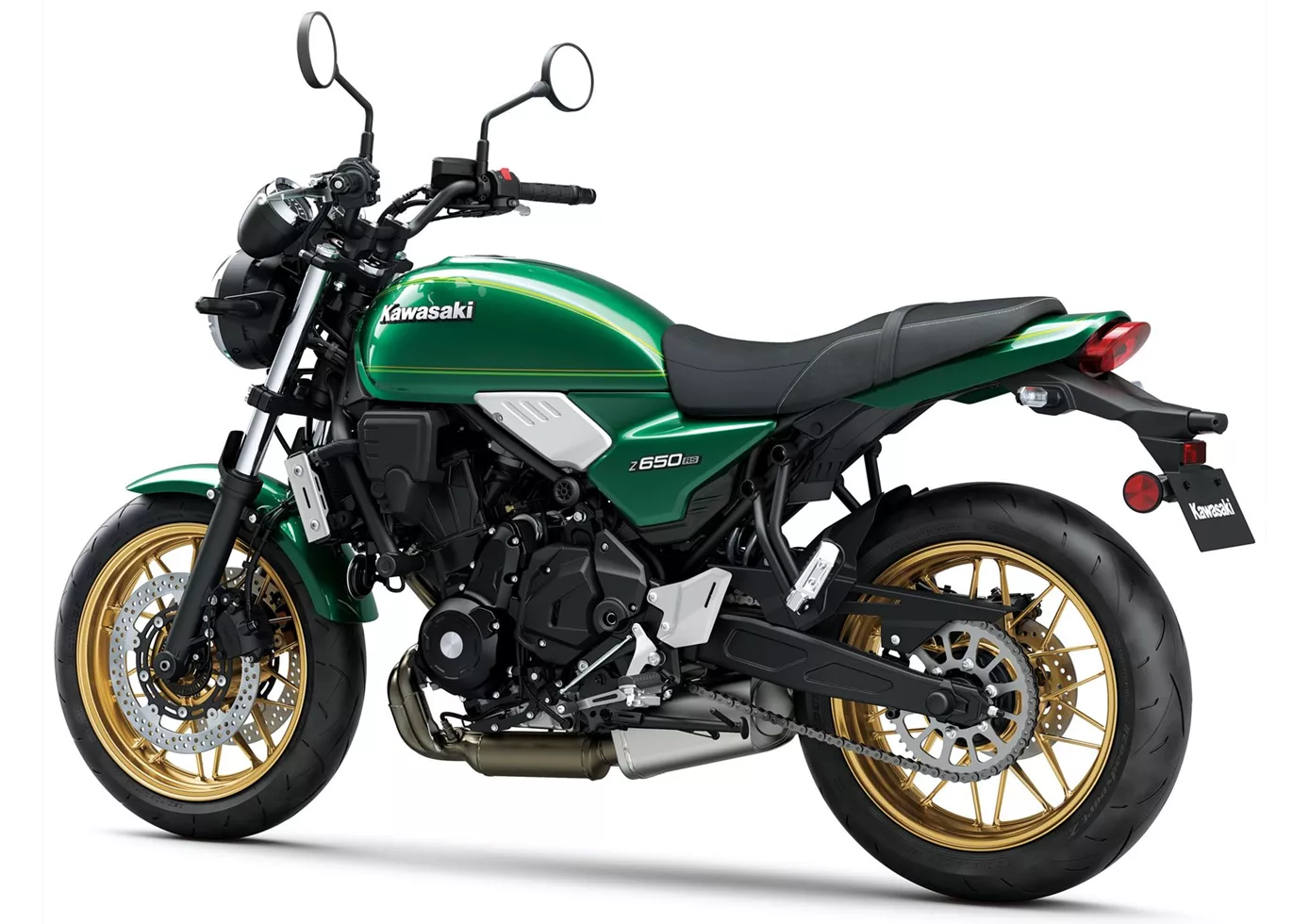
With the RS, Kawasaki proves that it has mastered the art of retro bikes. You immediately forget that underneath the pretty dress is the normal Z650, because thanks to the right details, the retro design has been convincingly implemented. In the saddle, you enjoy the accessibility that you know from the technical sister. A retro bike that both beginners and experienced bikers will really enjoy!
Honda CB650F 2017

In its latest stage of development, the 2017 Honda CB 650 F is exactly the four-cylinder naked bike we wanted from Honda. Crisp engine tuning and a shorter gear ratio ensure a quick sprint to 100 km/h, including a screaming four-cylinder sound. The chassis tuning is also very sporty, which makes you feel comfortable on the Honda right away. With LED lighting technology, Honda proves that the CB 650 F is in step with the times, only the display deserves a makeover.
Price Comparison Avarage Market Price Kawasaki Z650 RS vs Honda CB650F
There are a few key differences between a Kawasaki Z650 RS 2022 and a Honda CB650F 2017. There are the same number of bikes of both models available on the 1000PS.de marketplace, specifically 34. It takes less time to sell a Honda CB650F with 72 days compared to 146 days for the Kawasaki Z650 RS. Since model year 2022 1000PS.de editors have written 12 reviews for the Kawasaki Z650 RS and 14 reviews for the Honda CB650F since model year 2014. The first review for the Kawasaki Z650 RS was published on 27/09/2021 and now has more than 39,300 views. This compares to more than 14,100 views for the first review on Honda CB650F published on 04/11/2013.
